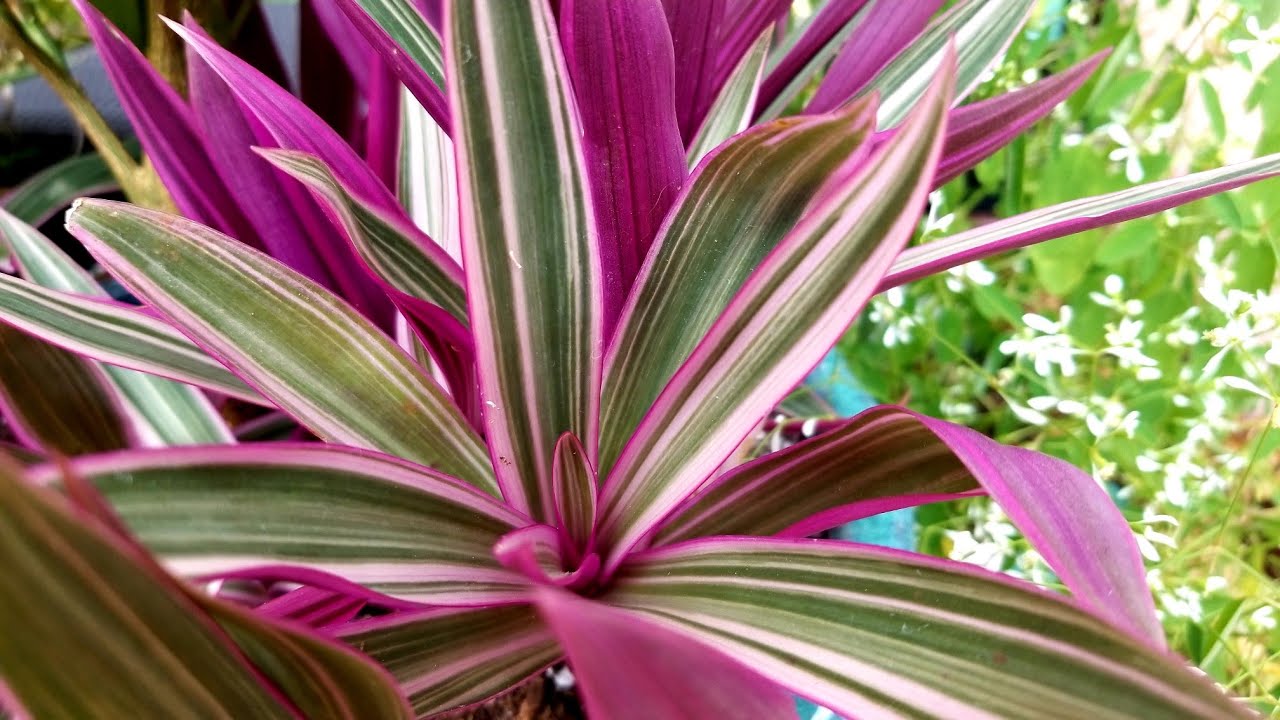
Ever wondered about the Oyster Plant? Known for its striking purple leaves and easy care, this plant is a favorite among gardeners and houseplant enthusiasts. But there's more to it than meets the eye. Did you know it’s also called the Moses-in-the-Cradle? This name comes from its boat-shaped bracts that cradle tiny white flowers. Originating from Central America, the Oyster Plant thrives in warm, humid environments but can adapt to indoor settings. It’s not just a pretty face; it also has air-purifying qualities. Ready to learn more? Here are 15 fascinating facts about the Oyster Plant that will make you appreciate this unique plant even more.
Key Takeaways:
- Oyster Plant, also known as Tradescantia spathacea, is a low-maintenance houseplant native to Central America. It purifies indoor air, adds color to homes, and brings good luck according to Feng Shui.
- Oyster Plant thrives in bright, indirect light, requires minimal watering, and can improve humidity levels in your home. It's a beautiful, easy-to-care-for plant that offers multiple benefits for both indoor and outdoor spaces.
What is an Oyster Plant?
The Oyster Plant, also known as Tradescantia spathacea, is a popular houseplant. It’s known for its striking foliage and easy care. Here are some fascinating facts about this unique plant.
- The Oyster Plant is native to Central America, particularly Belize and Guatemala.
- Its leaves are green on top and purple underneath, making it a colorful addition to any home.
- This plant is also called Moses-in-the-Cradle due to its boat-shaped bracts that cradle small white flowers.
- It thrives in bright, indirect light but can tolerate low light conditions.
- The Oyster Plant is relatively drought-tolerant, requiring watering only when the soil is dry.
Benefits of Having an Oyster Plant
Beyond its beauty, the Oyster Plant offers several benefits. It’s not just a pretty face; it’s a hardworking plant too.
- The Oyster Plant helps purify indoor air by removing toxins.
- It’s known to be a low-maintenance plant, perfect for beginners.
- This plant can improve humidity levels in your home, which is beneficial for your skin and respiratory health.
- It’s also believed to bring good luck and positive energy according to Feng Shui principles.
- The Oyster Plant can be used in outdoor landscaping in warmer climates, adding a tropical feel to gardens.
Caring for Your Oyster Plant
Taking care of an Oyster Plant is straightforward. Here are some tips to keep it thriving.
- Water the plant when the top inch of soil feels dry to the touch.
- Use well-draining soil to prevent root rot.
- Fertilize monthly during the growing season with a balanced, water-soluble fertilizer.
- Prune the plant to maintain its shape and remove any dead or yellowing leaves.
- Keep the plant away from cold drafts and sudden temperature changes to avoid stress.
These facts highlight why the Oyster Plant is a favorite among plant enthusiasts. Its vibrant colors, easy care, and numerous benefits make it a must-have for any plant lover.
Final Thoughts on Oyster Plants
Oyster plants, also known as Tradescantia spathacea, are more than just pretty foliage. They offer air-purifying benefits, making them a great addition to any home. These plants are low-maintenance, thriving in indirect light and needing minimal watering. Their vibrant leaves can add a splash of color to any room, making them a popular choice for indoor gardening enthusiasts.
Beyond their aesthetic appeal, oyster plants have a rich history in traditional medicine. They’ve been used to treat various ailments, showcasing their versatility. Whether you’re a seasoned gardener or a newbie, oyster plants are a fantastic choice. They’re easy to care for, beneficial to your environment, and simply beautiful to look at.
So, if you’re looking to add a touch of nature to your space, consider the humble yet striking oyster plant. It’s a decision you won’t regret.
Frequently Asked Questions
Was this page helpful?
Our commitment to delivering trustworthy and engaging content is at the heart of what we do. Each fact on our site is contributed by real users like you, bringing a wealth of diverse insights and information. To ensure the highest standards of accuracy and reliability, our dedicated editors meticulously review each submission. This process guarantees that the facts we share are not only fascinating but also credible. Trust in our commitment to quality and authenticity as you explore and learn with us.


